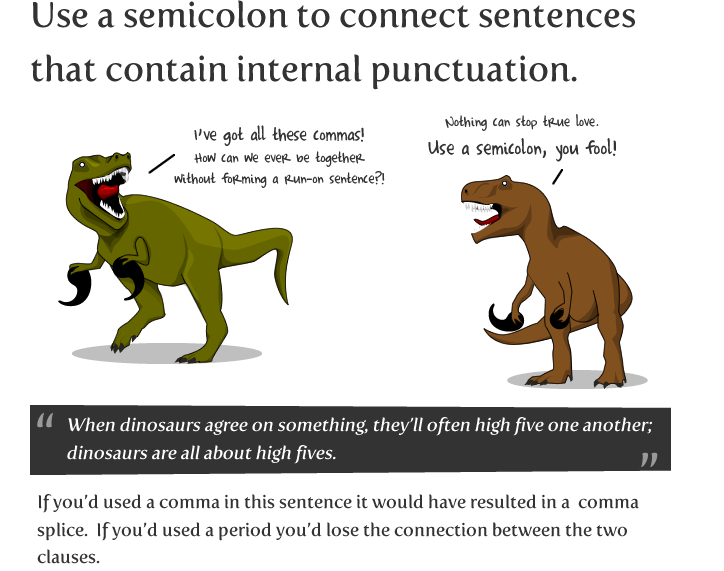Here is the first of five fragments that I place beside each other in my experimental essay on living and grieving beside Judith:
…one mourns when one accepts the fact that the loss one undergoes will be one that changes you, changes you possible forever, and that mourning has to do with agreeing to undergo a transformation the full result of which you cannot know in advance (Undoing Gender, 18).
The idea of undergoing a transformation that one cannot know in advance is a central one for Butler and her vision of social transformation. In Undoing Gender, she discusses the value of unknowingness and of not trying to securely and definitively establish one’s plan of action prior to acting (227). For Butler, grief is central to this experience of unknowingness and the risks that we take to maintain and embrace it. Overwhelmed with sadness and exhaustion and unable to compose ourselves or deny our vulnerability to loss, we cannot pretend that we have control or that we can always know with certainty how to act or who we are. In risking unknowingness, we are transformed into individuals who don’t know, but who are willing to act anyway.
Up until the last year, when she could barely speak, my mother and I loved to talk. Frequently our conversations were inspired by my mom’s curiosity and her wonder of the world and ideas. Having been a teacher for over 20 years, she asked lots of questions and always liked to learn more about what I was reading or what I thought. Her curiosity was not motivated so much by a desire to know, but by a desire to feel and experience as many different ways of understanding as she could. She found joy in contemplating the why and how and seemed to be energized by what she didn’t and might never know. Somehow she had held onto that wonder that children seem to have, but often lose as they grow up. I inherited that wonder from her and I witness it in my daughter Rosie J everyday.
To acknowledge that we don’t know, that we are uncertain about how to proceed, doesn’t always produce anxiety and isn’t always best understood in relation to grief. To be open to undergoing a transformation of who one is in ways that one can never anticipate isn’t always to risk unknowingness. It is an invitation to wonder, to be curious and to imagine the world in new and mysterious ways. My experience of being beside my mom as she was dying and then died transformed me, to be sure. But it was more her persistence in life and how she envisioned uncertainty and unknowingness in terms of wonder and joy instead of anxiety and loss that transformed me, not her death and my grief over her loss.
More of my thoughts on this fragment: The idea of not knowing in advance, of being in a state of unknowingness and uncertainty, resonate with me and my project of staying in trouble as a virtue. They also resonate with my earlier work, in my dissertation, on Butler and radical democracy (which emphasizes the unrealizability of democracy).
In an earlier draft of the fragment I added a few more lines about another way to read risking unknowingness: as a form of faith. How does thinking about that risk as faith affect how we read the first part of Butler’s passage: “one mourns when one accepts the fact that the loss one undergoes will be one that changes you…”? What are some other ways to read this acceptance? Does Butler offer any ways (outside of psychoanalysis, that is)? The idea of rethinking unknowingness as wonder and curiosity could also be read in terms of religion and/or spirituality and faith. Did I mention that I have a BA in religion and an MA in theology, ethics and culture?
Thinking about curiosity in relation to unknowingness and staying in trouble are central to my recent work on troublemaking. I refer to them repeatedly on this blog and even structured my undergraduate class, contemporary feminist debates, around the value of feminist curiosity.
In terms of wonder and its connection to children (which I mention in my brief fragment about my mom and our conversations), I am reminded of what Cornel West has to say about it in an interview with Toni Morrison for The Nation from 2004, entitled, “Blues, Love and Politics”:
I want to come back to your point about immaturity because I want to make a distinction between “childish” and “childlike.” You see, the blues and jazz are childlike, the sense of awe and wonder and the mystery and perplexity of things. “Childish” is immature.

